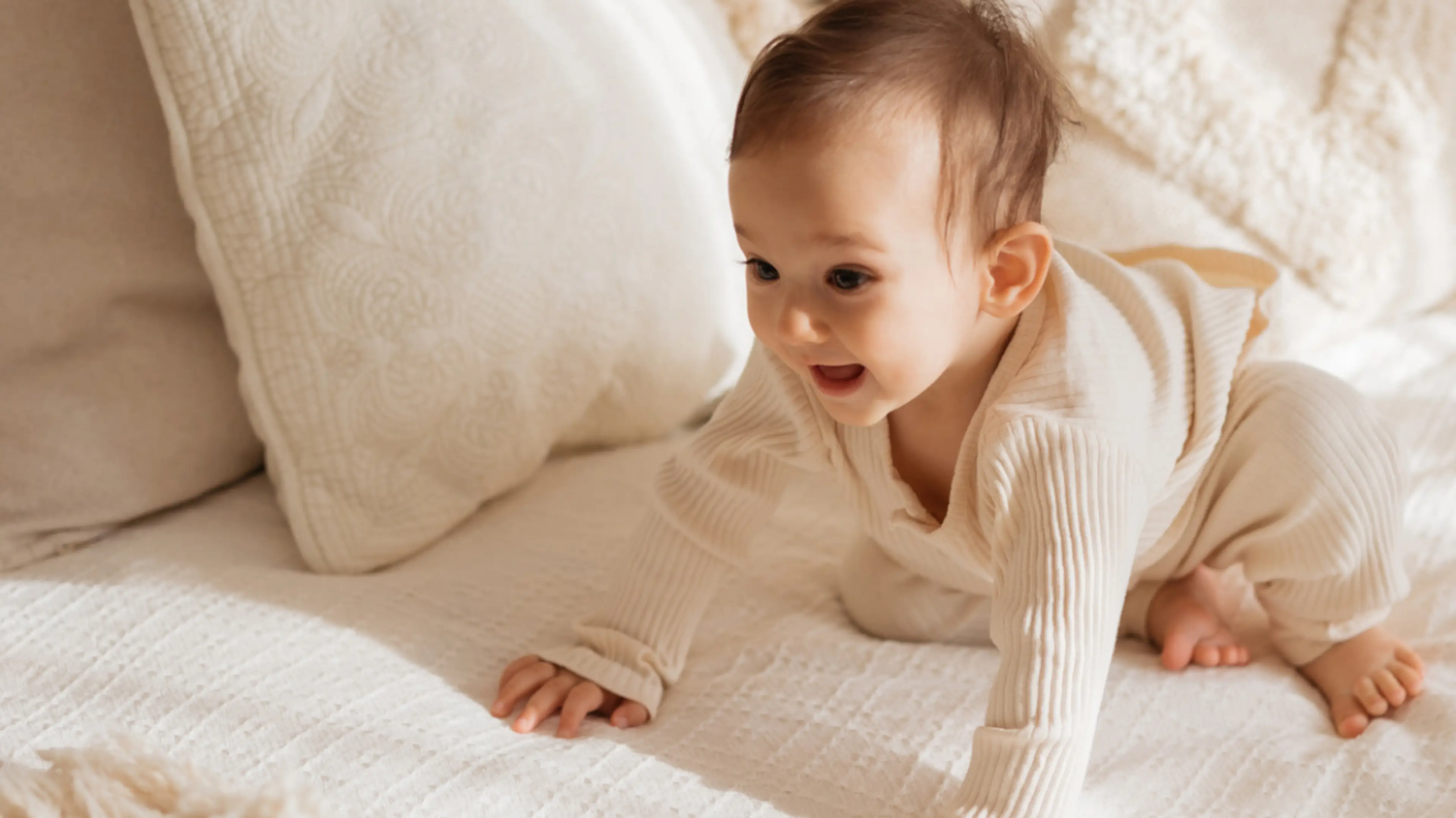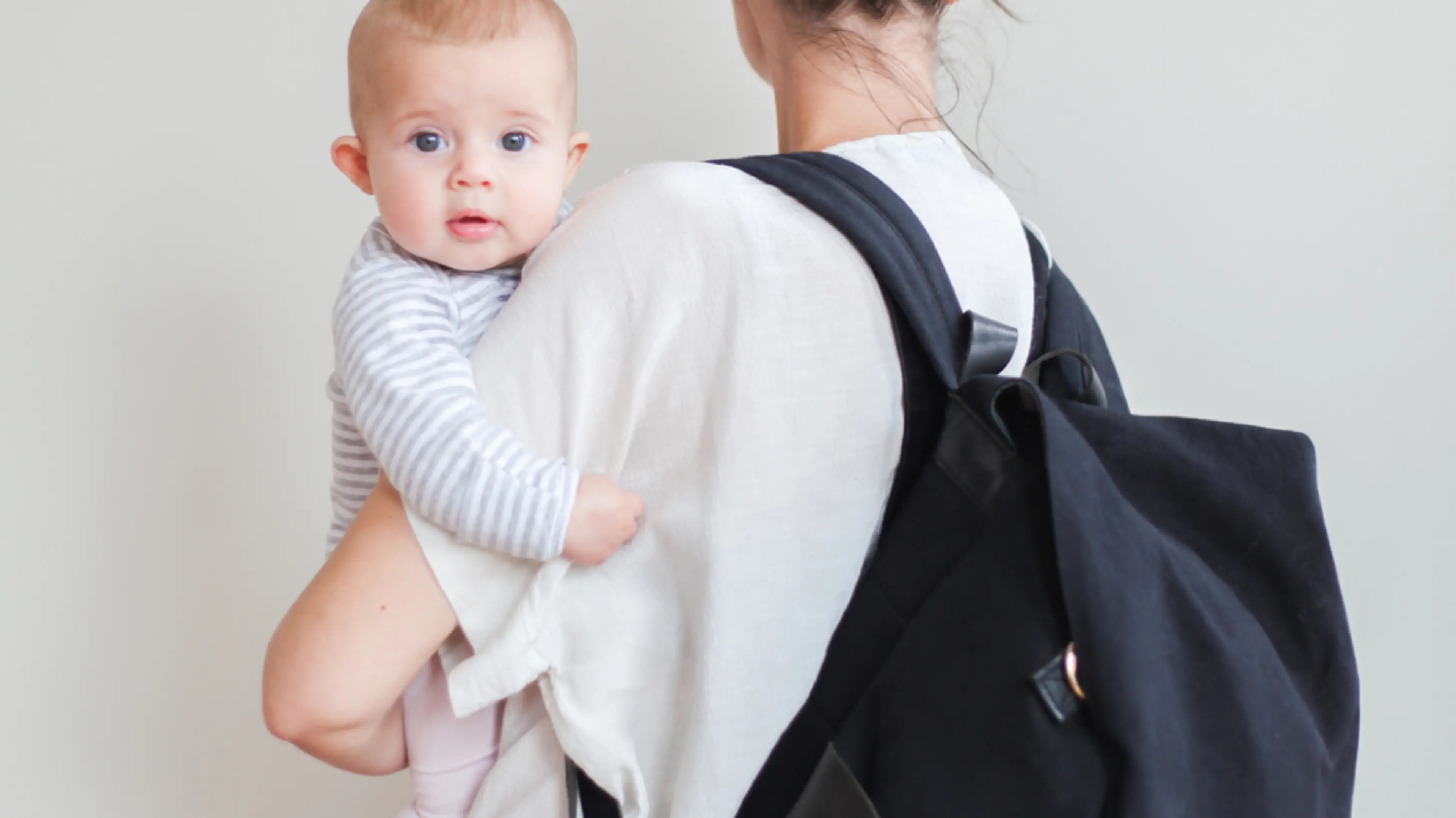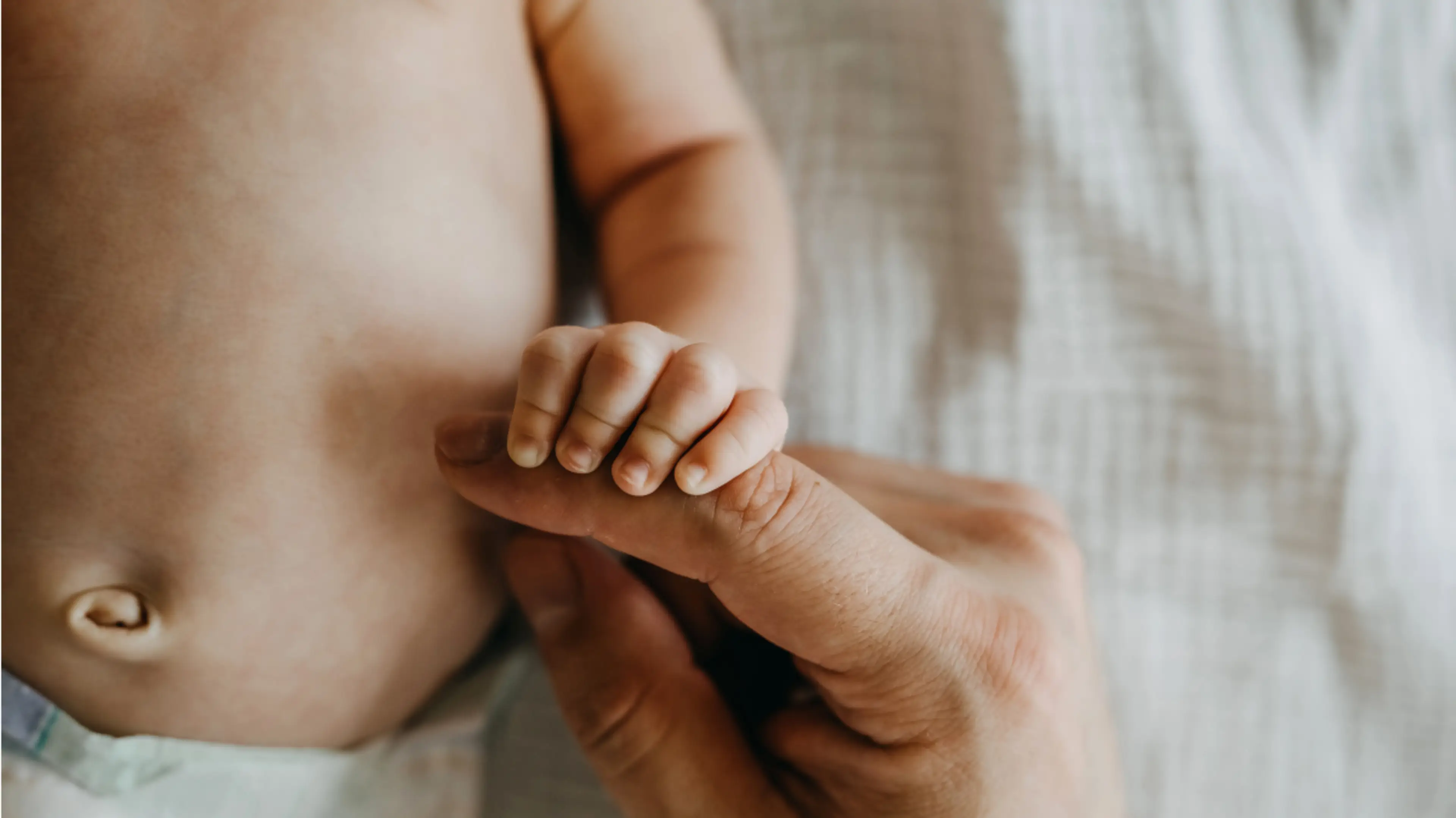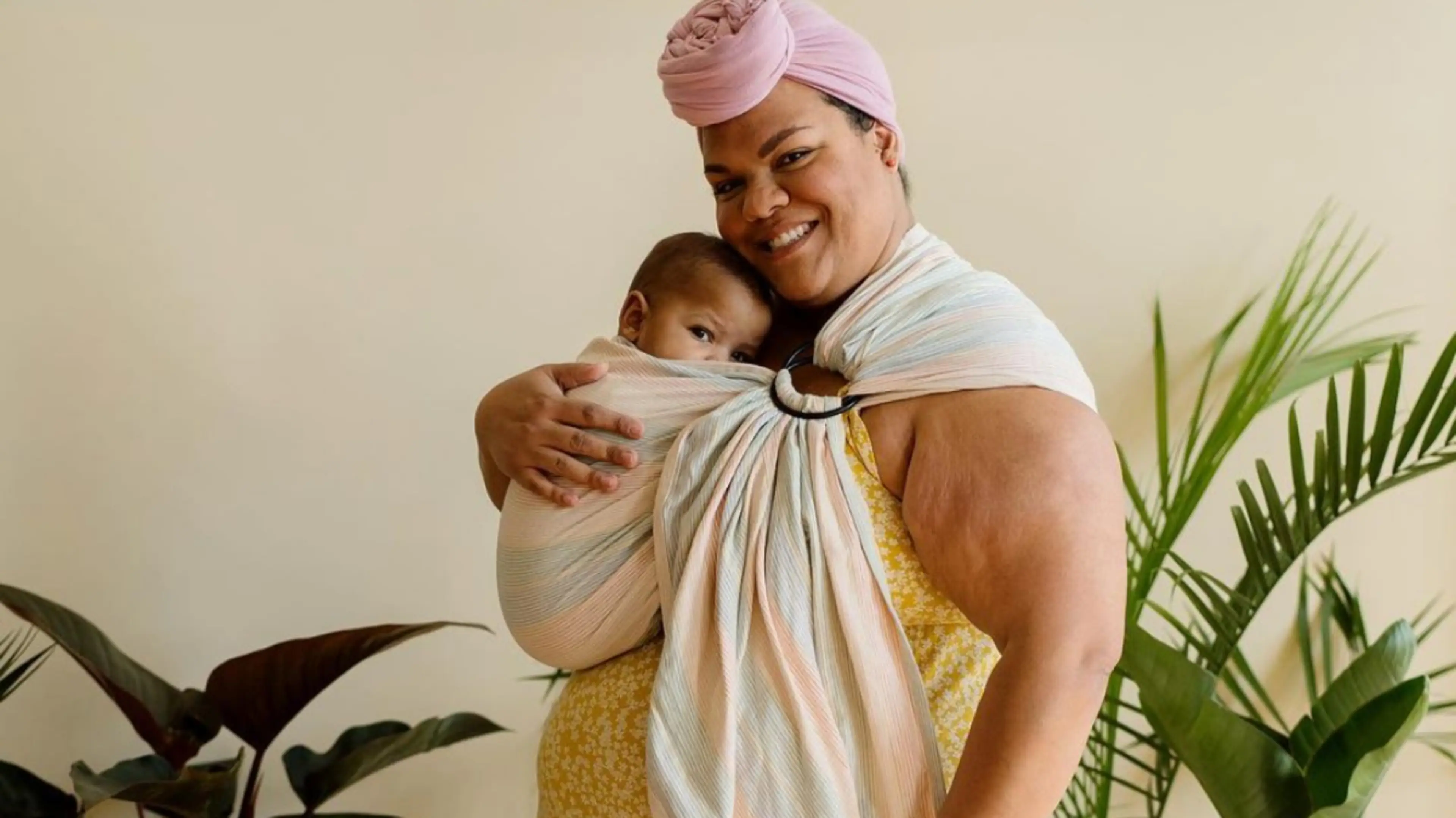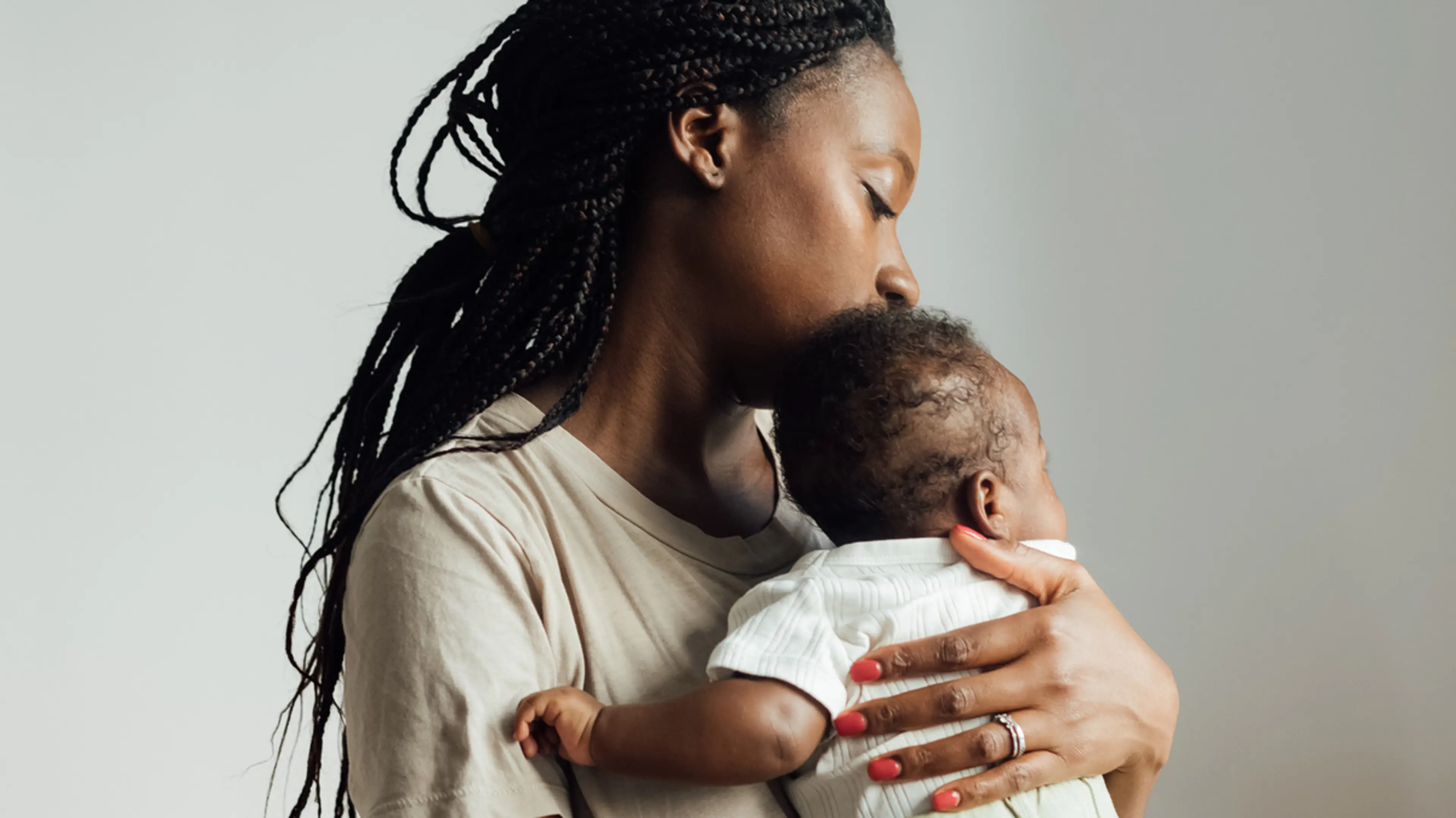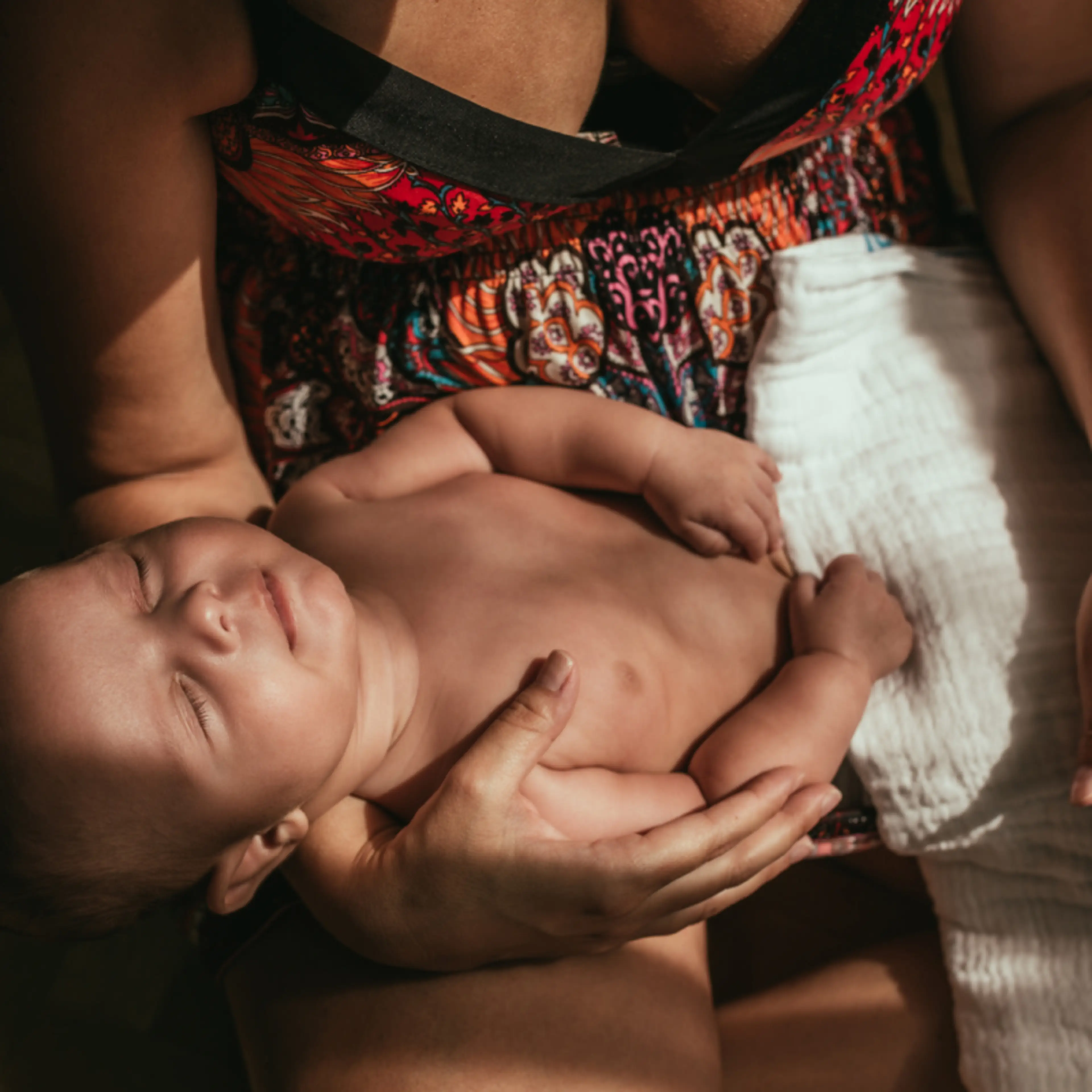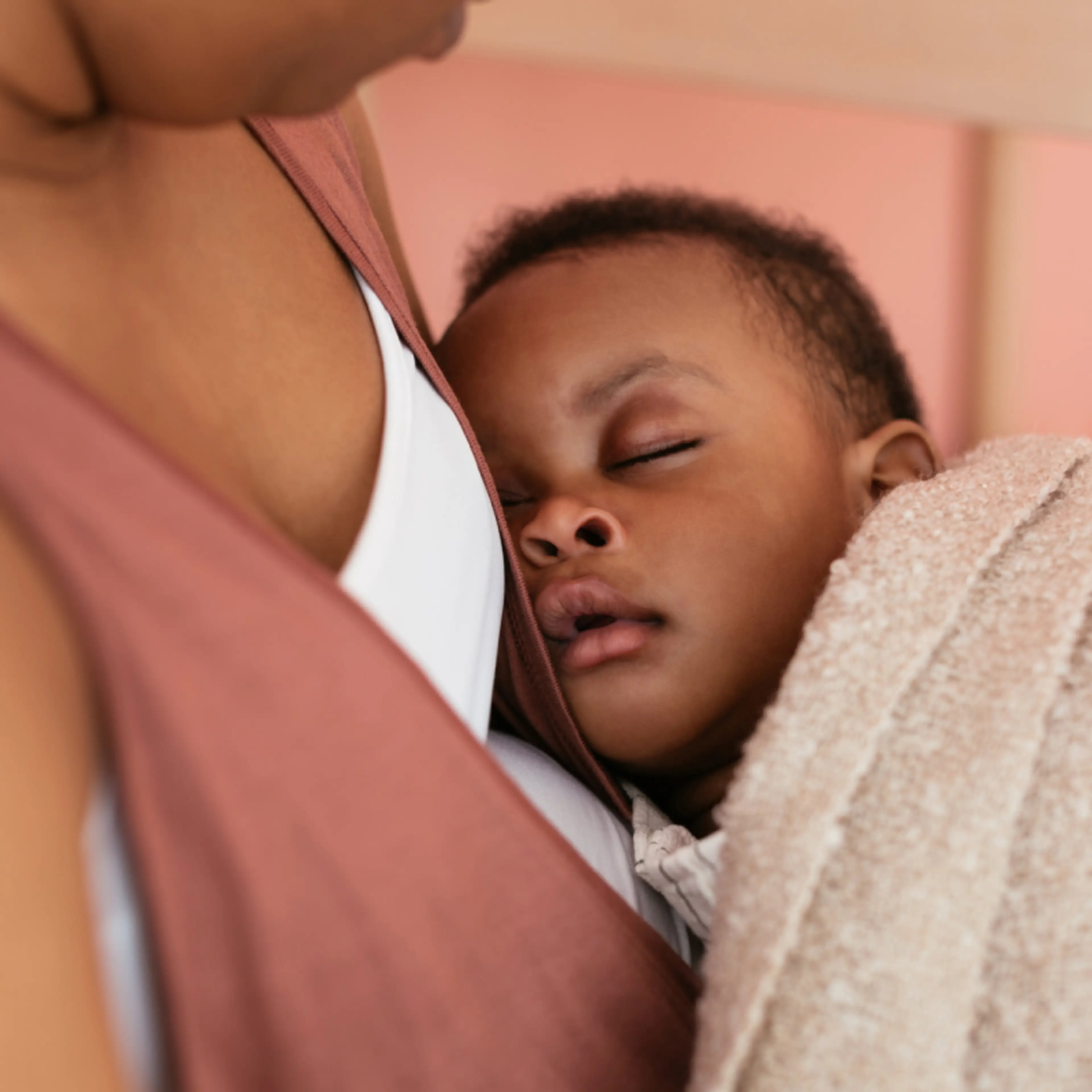TLDR: Whether you’re patiently awaiting the arrival of your little one or your baby is already here and quickly becoming more mobile, it’s time to start baby proofing. The safety priorities are for electrical outlets, sharp corners, blinds, cords, and more—and we have the best tips and products to make your place safe for its newest resident.
As a parent, your child’s safety is probably at the top of your list of priorities. When it comes to baby proofing, though, it’s easy to get overwhelmed and lost in a sea of products. Do you actually need those clips for the toilet seat? Are the corners of the coffee table an accident waiting to happen? Have you checked your smoke detectors lately?
Regardless of the stage your baby is in, the best time to start safety-proofing for home is now! To make your life easier, we took the guesswork out of the job with this roundup of the biggest safety concerns–and what to do about them–for every room of your home. Use this plan to prep your home for your baby and to preserve your peace of mind.
Why is it Important to Baby Proof Your Home?
Babies and toddlers are naturally curious, and they learn the world through their eyes, mouth, nose, ears, and hands. If something looks interesting, there’s a good chance they’ll put it in their mouths. If that something is poisonous or dangerous, it can lead to an unintentional injury.
Babies are also learning how to roll, sit up, crawl, and eventually walk. During this learning phase and well after, they can be clumsy. It’s essential to make sure there are no sharp corners or places they can go that might be unsafe.
Start small when baby proofing
Let’s be honest, going through the entire house looking for things to baby-proof all at once can be a bit much. Instead, start small and spend some time slowly looking over each room individually. There are a few red flags that will be especially important to cover, but overall you’re looking for anything that could be accessible to and dangerous for a baby or small child.
Hopefully, this list will help curb your worry and guide you to make your home as safe as possible for your little one.
Cover electrical outlets
You’ll find electrical outlets in every room of your house. Outlets are at the perfect height for curious children, and if they were to stick something in the outlet, they could get a shock. One of the first things on your list should be outlet covers to plug any that are not being used.
Secure electrical cords
Electrical cords can be dangerous for children for a few reasons: they’re a strangulation risk, they can be used to pull down bigger electronics, or they can cause a shock if they’re chewed while plugged in. If you have chargers or other cords in areas where your baby will play, keep them out of reach from your curious little explorer. There are a few options you can use to secure the cords. Two good ones are cord shorteners and outlet safety boxes that prevent little hands from yanking plugs out. For things like phone and computer chargers, it’s a good practice to just roll them up and put them away when not in use.
Check your blinds
You may not think about your window blinds as a cause for concern, but the cords that hang down the sides can pose a serious choking and strangulation hazard for young children. Make sure your blinds don’t have any cords that are connected—if they do, make sure they’re high enough to be out of reach of your little one. If you have hanging cords, these cord helpers can keep them rolled up and out of range.
If you purchase new blinds for your home, look into cordless or even motorized options. These pose little to no risk to small kids.
Use baby gates
Baby gates can be a lifesaver. Obviously, the best way to keep your baby as safe as possible is constant supervision, but sometimes your back is turned, you need to cook dinner, or you can’t be hands-on at that moment. If there are unsafe areas for your little one or you want to keep them in one area of the house, invest in some baby gates.
Baby gates are also great for blocking off any stairs in the home. Put a baby gate at the top and bottom of all staircases to prevent your baby from trying to crawl up or down any steps.
Cover sharp corners
While you’re looking through your rooms, take account of any sharp corners or edges. These can include walls, counters, or tables. If any areas seem like they can be hazardous, there are corner covers you can use to help make those edges a little more dull. Usually, these are removable and won’t damage your furniture.
If the sharp edges are longer (like on your fireplace), you can also buy bump guards for furniture to make your favorite pieces more baby-friendly.
Water heater
Lowering your water heater temperature is important to protect you from accidentally drawing a bath that’s too hot. If an older baby can reach the hot faucet, it will also prevent them from being scalded. Experts recommend turning your water heater down to a max of 120 degrees Fahrenheit1 .
Fire safety
When you’re going through your home, make sure to look up. Check all of your smoke and carbon monoxide alarms (there should be a button on them to test them). If you can’t remember the last time you changed the batteries, it’s probably time to do a routine check.
Brace furniture
If you have freestanding bookshelves or dressers in your home, it’s important to anchor them to the wall. If your little one tries to climb it, it can tip over. You can buy furniture anchors and attach them to bookcases, dressers, buffets—anything that could possibly fall. Most modern dressers will also come with wall anchors.
Stabilize TVs
Televisions are bright and colorful and are likely to make your child curious. They are also heavy, especially older box versions. If you have a TV that you can mount to the wall, that’s the safest option. If not, make sure it’s in an area that’s not easily accessible to children. If you have a box TV, place it is on a low, sturdy surface.
Move breakables
As you look through your house for what needs to be baby proofed, assume everything you see is a toy to your baby. This includes all of your breakable decorations like vases, bowls, and sculptures. Now may be the time to connect with your minimalist side and remove anything that can break if your baby grabs it or drops it. Put them in a higher place or into storage until your little one gets a little bigger.
Have important emergency numbers visible
While you’re making your home as safe as possible for your child, make an emergency phone number list, too. On this list, you may want to include their pediatrician’s number, poison control, and any emergency contacts—your number, your partner’s number, a grandparents’ number.
This list can be helpful to you if there’s ever an emergency, and it can also be handy for anyone watching your baby. Put your list on the fridge or in a central location where it’s easy to find if needed. Add them into your cell phone contacts, too.
Baby Proofing Common Areas
Things like outlets and sharp corners apply to every area in the house, but when it comes to specific rooms, there are some things you’ll want to pay close attention to. Because unintentional injuries in the home are most common from birth to five years old2 , you’ll likely want to make long-term changes in these rooms until your child is old enough to keep their hands out of sockets and appreciate your valuables as much as you do.
Kitchen
When baby proofing your kitchen, the first thing to focus on is under the sink. This is the place where many people put cleaning supplies, many of which are extremely dangerous for kids and adults alike. Keep a child safety lock on this cabinet.
As for the other cabinets and drawers in your kitchen, it’s up to you. If you don’t mind your pots and pans being pulled out and played with and if there is nothing heavy or dangerous, like sharp objects or breakables, you can leave them unlocked. We’re talking about lower cabinets and drawers primarily, but remember that kids will eventually start pulling themselves up and reaching higher. There are lots of options for locking cabinets and drawers depending on your hardware, including magnets and hooks to keep everything closed.
Moving up to the counter space, make sure any knives are out of reach. Both big and small appliances should be kept out of kids’ reach, and so should spice jars that can be broken. Don’t forget the stove—once babies turn into curious toddlers and can reach higher, you may want to get a stove protector or oven knob covers.
Living Room
The living room is likely where your family will spend most of the day, so it’s important to make sure it’s baby proofed. Some of the biggest risks in the living room include sharp corners from tables, large furniture that can fall or collapse, cords hanging from windows, and electrical outlets or other wires. Take ample time to do a thorough sweep of your living room. A few tips:
Swap a bulky coffee table with sharp edges for a round table, or replace it with a soft ottoman that can be used as a table (some even have storage!). If replacing it isn’t an option, get some corner guards to help shield the pokey edges.
Get on the floor so that you’re around the same eye level as your baby and look around for things to grab.
Check on any outlets that are within reach and be sure to wrap window cords or hang them out of reach.
If you have a fireplace, consider using a gate big enough to block it.
If you have any houseplants, make sure they’re non-toxic and are out of reach of curious little diggers.
Nursery
After taking basic safety precautions like covering outlets, take extra care to make sure the rest of your baby’s room is safe.
Per the AAP’s safe sleep recommendations3 , your baby’s crib should be free of stuffed animals, blankets, pillows, and bumpers. These things should be removed until at least 12 months. Pillows can be introduced at two years old. It’s also smart to keep the crib away from any heaters, lamps, or other items that a baby can reach out and grab, as well as windows.
Also, keep in mind the area above the crib; take into account any items hanging on the wall or mobiles. Your baby can reach and pull things down, or they can accidentally fall, especially if you live in a place with earthquakes. It’s best to keep this area clear.
Keep small items—toys, decorations, the topper from the doorstop—either out of this room, up high, or tucked away safely in the nursery.
Bath & laundry rooms
When it comes to the bathroom, it’s best to just shut the door when your baby doesn’t have to be in it. Bathrooms have potential poisonous cleaners and soaps, make-up, and hot hair tools. In addition, water always poses a risk to kids—even toilet water. You can get a lock to keep the toilet shut just in case, and consider a cabinet lock if you have one under the sink.
If you have a laundry room, treat it much like the bathroom: keep the door shut if you have one, or put up a baby gate to keep little ones out. In both rooms, make sure to keep cleaning products, including detergents, out of reach of children. Detergents in little pods can be hazardous as they can look like candy. Make sure your children never play with or get into the washer or dryer.
Big kids’ rooms or playroom
Have older children? Make sure their rooms and playroom are also baby-proofed. Keep an eye out for toys that are small enough to fit in a baby’s mouth, toys with sharp edges like building blocks, and items that could be toxic like slimes, colors, or paints.
These items may need to be placed in a special area and taken out only while the baby is away from the room. If this is a space you want to keep a big kid zone, then make sure to put up a baby gate or keep the door shut. These door knob covers can help.
Baby Proofing Happens Daily
Make baby proofing a part of your daily routine—it doesn’t end once everything is locked, blocked, or hidden.
Cleaning products get taken out, small items pile up, doors get opened throughout the day. The list goes on and on. It’s important to always keep an eye out for red flags that may be dangerous to your baby and stay alert for new hazards.
If you have a partner, it might also be helpful if you take turns on baby proofing watch. And if you’re still nervous, or don’t have time to baby-proof every little thing, a play enclosure or travel crib might be your best friend.
Remember, the earlier you start the more time you will have to tackle anything that needs to be proofed. Not only will this help you make your home a safe place and prevent accidents, but it will also bring you peace of mind as your little one grows.

